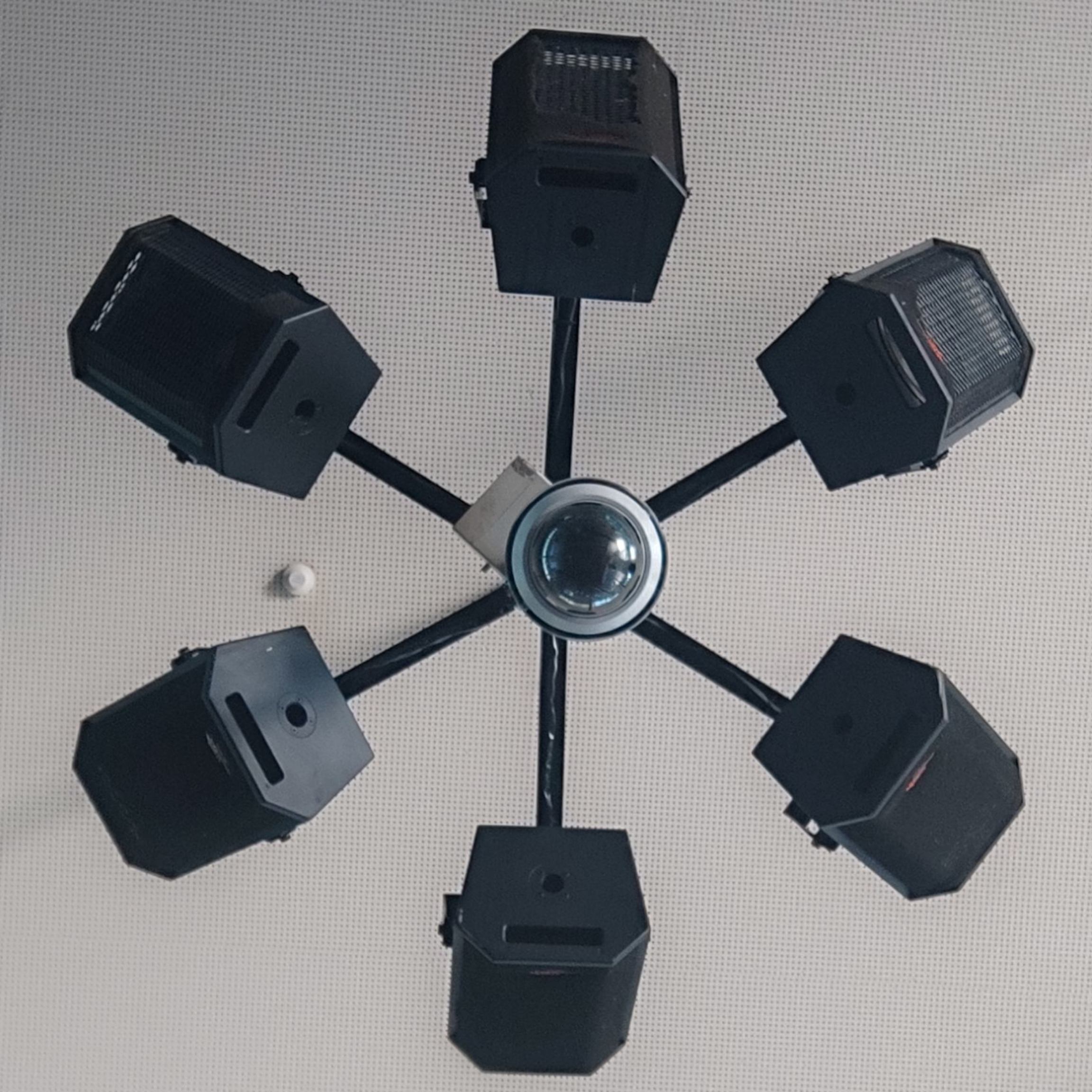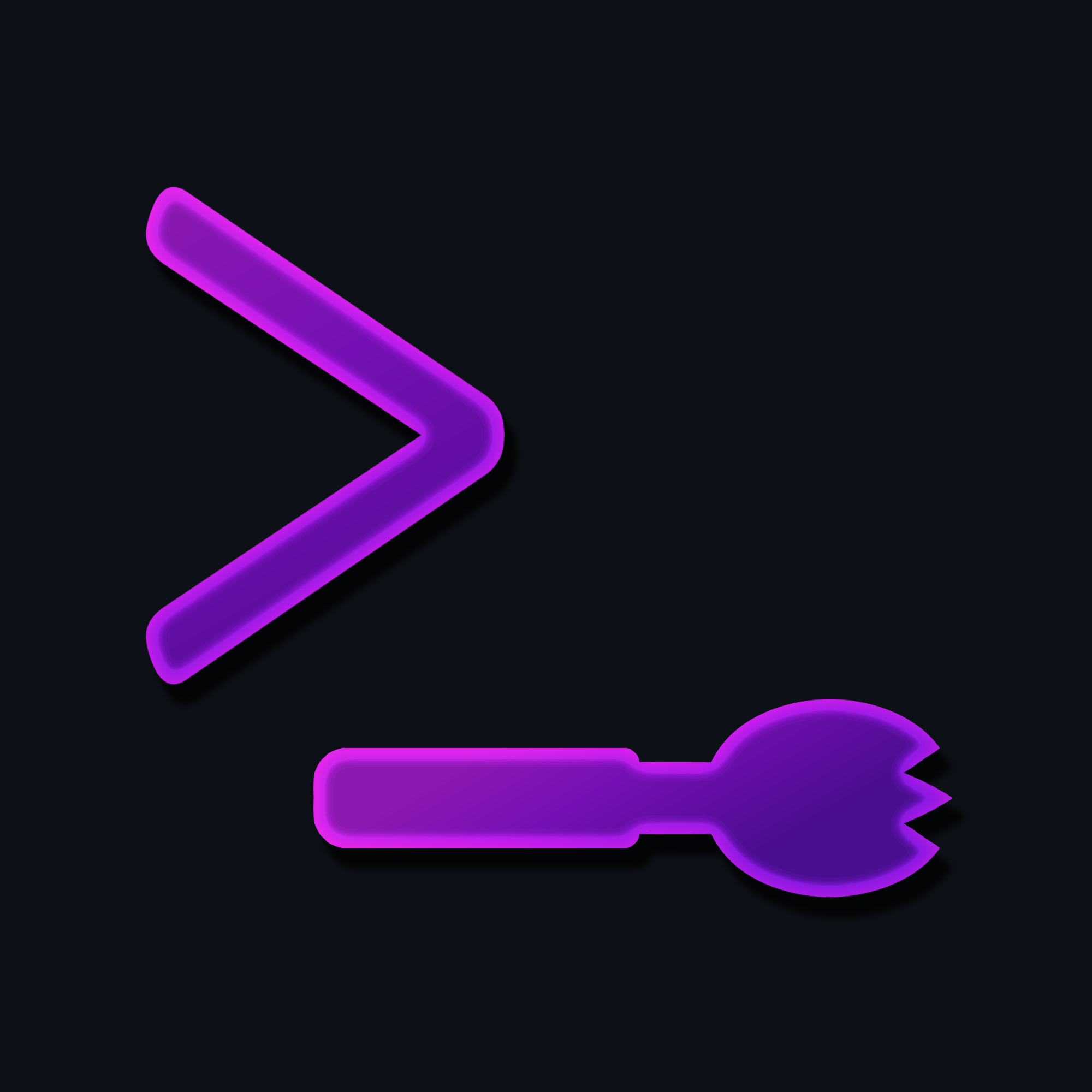For context: I habe a PC with an 8gb SSD and I somehow need to get an app on there that only has a flatpak release
1- Those locale and icon themes will be reused with other flatpacks. And it’s less than half of a gigabyte, not the 2tb claimed in the overlay text.
2- Use docker container with prowlarr instead of torrhunt. And check https://lemmy.dbzer0.com/c/piracy
It’s very efficient for what it does. and your programs will actually open.
did you see those little
<in front of the download sizes?org.kde.KStyle.Adwaita,org.kdePlatform.Locale,org.kde.Platformandcom.ktechpit.torrhuntwon’t be fully downloaded as those are possibly already installed and can be reused, so in the best case you only downloadorg.freedesktop.Platform.GL.nvidia-570-86-16fully.There’s also deduplication across the different files. So you could even end up with less overall size over time if you use Flatpaks for everything.
Personally I do like the ideas behind Snap/Flatpak. I think the sandboxing is a huge deal and will improve security going forward.
In a world where space is usually the cheapest and most available hardware on a PC, I tend to agree. That being said, it’s the kind of solution that comes from engineers who put the onus on the hardware to make up for their shitty software. Engineers like me.
In a world where space is usually the cheapest and most available hardware on a PC
I read this in the movie trailer guy’s voice
Yeah. Someone has to put in the work for packaging an application if you want it as a .deb/.rpm etc. package and deal with any bugs that might come up, and it’s not going to be me (speaking as a user, not a developer).
That said, I also painted myself into a corner when it comes to harddrive space. LUKS can be complicated, man …
2TB?
I only see around 500mb
Anger has a way of adding a few zeros.
I habe a PC with an 8gb SSD
Are you using a first gen eeePC?
I think I bought one of those for 40€, 12 years ago.Man I miss the netbooks! Loved my Mini 9
I put OSX on mine. A $200 Macbook mini was a cool project and a neat conversation piece.
Are you me? I hackintoshed mine too for a while! Was still alternating between OSX and Linux at the time.
I wish I had moved to Linux sooner. I was in IT at the time and only saw windows and OSX in the wild. Servers were all windows except for one xserve. I still to this day have no idea what that server did for that customer. My only real experience with Linux at that time was FreePBX when setting up phone systems for offices.
Thirded on the hackentosh.
I can neither confirm nor deny I got my hands on one years later and flipped it on fleBay with the Mac OS on it.
In an alternate universe, phones with a fold-out hardware keyboard and full Linux OS are common.
And you can just plug them into a docking station to get a full PC.That alternate universe is this one in 2009… https://en.wikipedia.org/wiki/Nokia_N900
Its a Fujitsu futro s920, got it off ebay
I hate it when people want to hate on something, yet get the platform or alternatively the proposition wrong. Because you will release stuff as a Flatpak and possibly on Flathub.
Is it on the Arch User Repository?
Lots of people seem to like it. I also use it for like 2 or 3 desktop apps, but it’s alao littering my filesystem with gigabytes of runtimes. And I believe I can salely remove Skype now…
Gigabytes?
I have a bunch of apps installed and it is only a little over a gigabyte.
Interesting. I have 4 tools installed as Flatpaks and that makes 4.4 GB
What tools?
Who likes having their hard drive space wasted?
No one does, but people like it when you install an application and it just works. It makes it easier to install applications regardless of which distro you’re on as well.
The benefits easily outweighs the cost of some extra space use. We’re not talking about a lot here, after all, with dedupping, shared runtimes and what have you.
Technically it’s empty space that’s being wasted, if you fill it up it’s being useful!
People who like having fine-grained security controls over their apps?
And the only possible way to have that is to burn through disk space?
As far as I know, yes. You tell me the alternative if you’ve got it.
I don’t have the time to make a “stop doing math” meme for Unix permissions
So don’t change the defaults?
There is no reason that you couldn’t, for instance, bind-mount the host’s nvidia drivers into the container namespace when launching the flatpak. Would avoid having to download the driver again, and reduce runtime memory pressure since the driver code pages would be shared between everything again.
I like flatpaks when they come from the developer. They are often more stable, up-to-date and complete than those from OS repositories.
What I don’t like about them is when I have to fight the permissions. They’re often too tight and make integration with the rest of the OS too hard.
Here’s a rarely known secret of the Linux world. Almost no software in a Linux system came from the developer.
Every single distro, package manager or repository is handled by people who did not develop the software being packaged. The few exceptions are the software who distributes their own .deb/.rpm, appimage, flatpak or their own repository. But the bulk of tools, utilities and apps were handled by the people managing the distribution or the distro main repository. No sane developer has the team or the time to config, compile, package, and test their software to every single Linux distro that exists. Hence why Dev distributed versions are usually targeted to single channels and to specific distros and versions. Packages compatibility is a literal hell.
Shoulda just used nix B)
Nix is very interesting, but a completely new rope to shoot yourself in the foot. A new hell is still new though.
Idk, probably all the people who downvoted OP and the majority of people here on Lemmy I met in discussions about Flatpak & Co. And If I look at the average size of a modern Windows installation, I’d say at least 70% of desktop users to begin with.
its barely legible but isnt that still less than a gb? where you you even get an 8gb ssd? why would you use one outside of some specialized embedded application that shouldn’t even have a desktop interface? and even then why not something lighter than kde or gnome
where you you even get an 8gb ssd
I bought a Fujitsu thin client for 30€, and I decided to spend the 5€ extra to get one with a drive (making it 30€ total.
why would you use one outside of some specialized embedded application that shouldn’t even have a desktop interface?
-
I have way too much free time
-
I have no money
-
Originally it should only have been a minimal void Linux install so it can connect to my local server via RDP. But I just realised that that futro s920 with 4 1,5ghz cores is actually way faster and more reliable than my 4th gen Intel i5 will ever be
and even then why not something lighter than kde or gnome
I ssh’d into the PC. It runs xfce4, and it is just made to display shortwave (an Internet radio player) in full screen on a cashier terminal screen that I ripped from the terminal assembly. I just needed the cheapest thing to run shortwave on so my father has an Internet radio, since the other 2 options were
-
buy a big ass Antenna for his normal radio, or
-
buy a used Internet radio for 200€ (this way it only cost about 90€), wait until its Server is shut down, and then somehow with a mix of wireshark, dns logging, and pure luck somehow locally rerout the domain that the radio tries to connects to, figure out what kind of json file I need to host on my local server in order to make it refresh it’s database of Radios, and maintain these IPs forever.
also, please note, the image is in no way connected to this project, it just reminded me of it
Maybe get the cheapest micro sd card or usb drive you can find and install it on there? You could probably double your storage size for a couple of euros!
Is 16 GB still in the market? I mostly find 32 or 64 GB for usb-stick.
8GB is pretty much dead nowadays (and so is CD/DVD)
(Honorable mention: RIP Floppy Disk )
-
Just build from source
Skelly is rapidly approaching your location.
tl;dr: some applications (like Bottles) are designed to run only in sandboxed environments. Flatpak is a robust way to ensure that an application has the correct dependencies and conditions for proper functionality.
TONS OF SAME STUFF
every time:
downloads a different version of KDE from 2014
Compile it yourself?
It works for the programs you already know, but compiling something just to look if it is what you need – a pleasure far below the median.
Use the flatpak and see if you like it, then compile it yourself.
…or just use the flatpak
Compile it yourself.
Instructions unclear. Cmake ninja tool chain uses another 8gb and still get compile errors
Oh lmao, I decided to look into this. https://github.com/flathub/com.ktechpit.torrhunt/blob/master/com.ktechpit.torrhunt.yaml
Looks like it just downloads the .snap package (directly from Canonical’s website) and extracts it. It’s also, of course, completely closed source so who knows what it’s doing when it’s running.
It’s also, of course, completely closed source so who knows what it’s doing when it’s running.
Ah, yes. The Pinnacle of security














